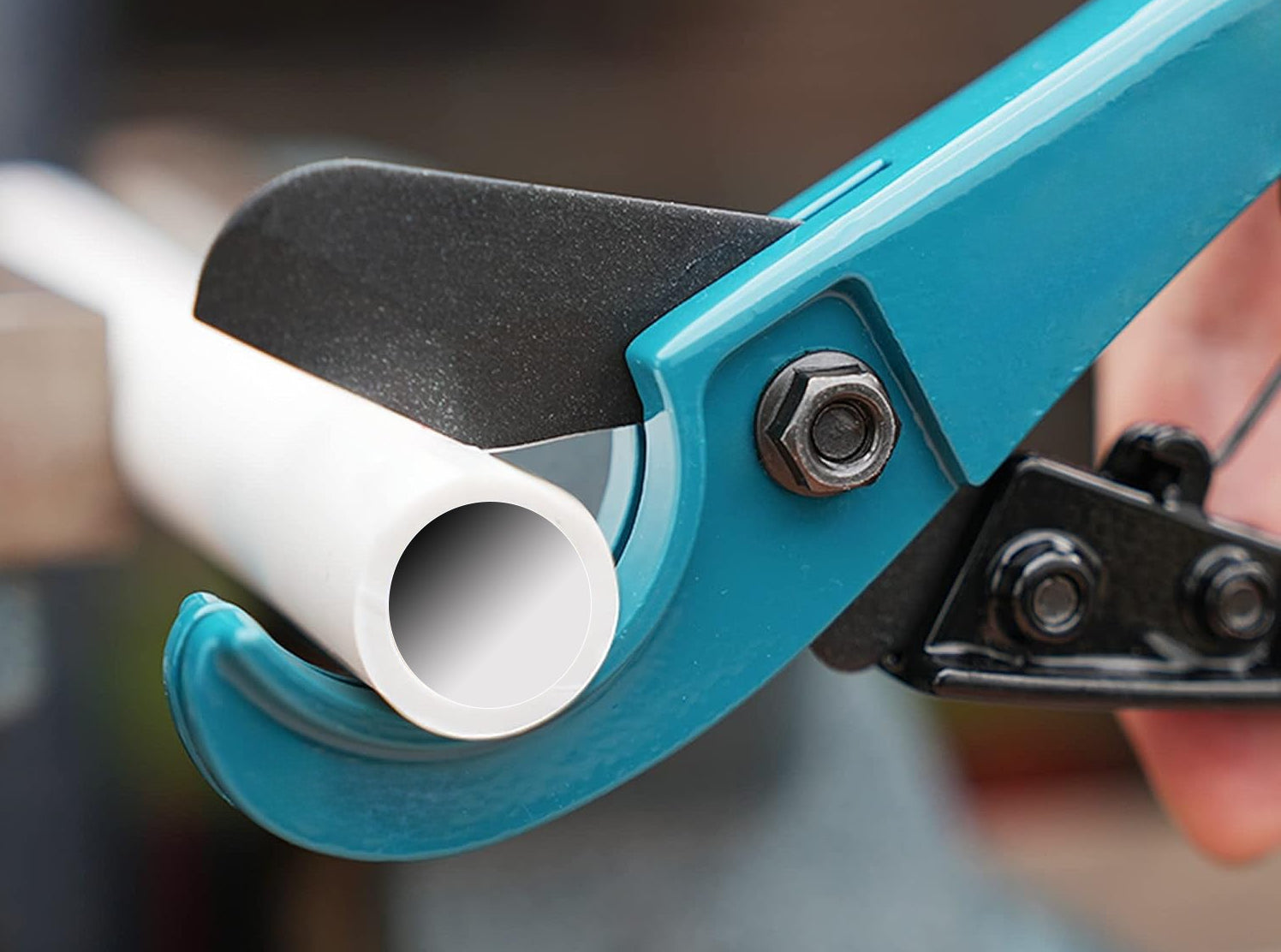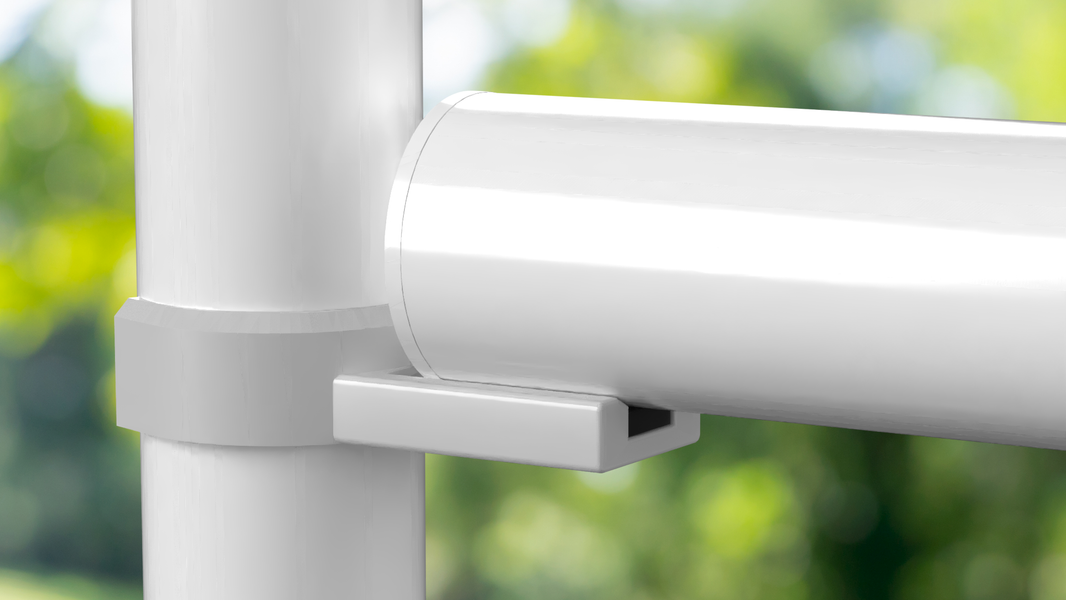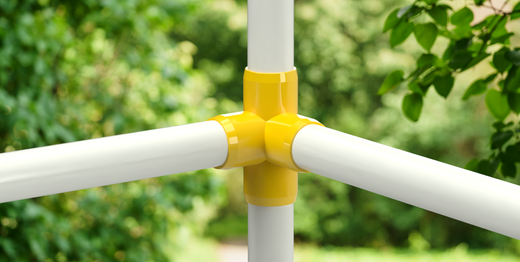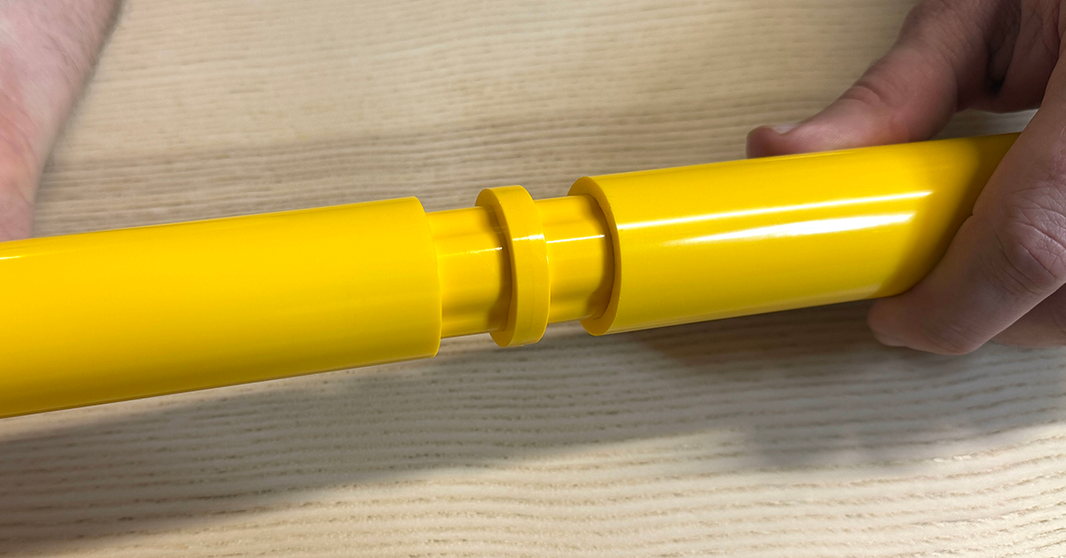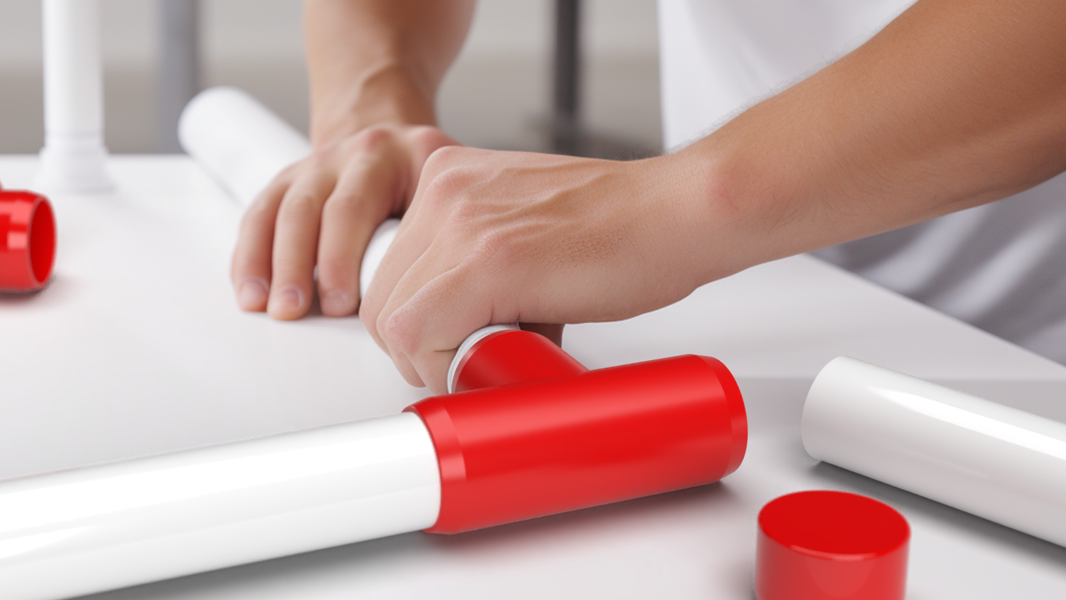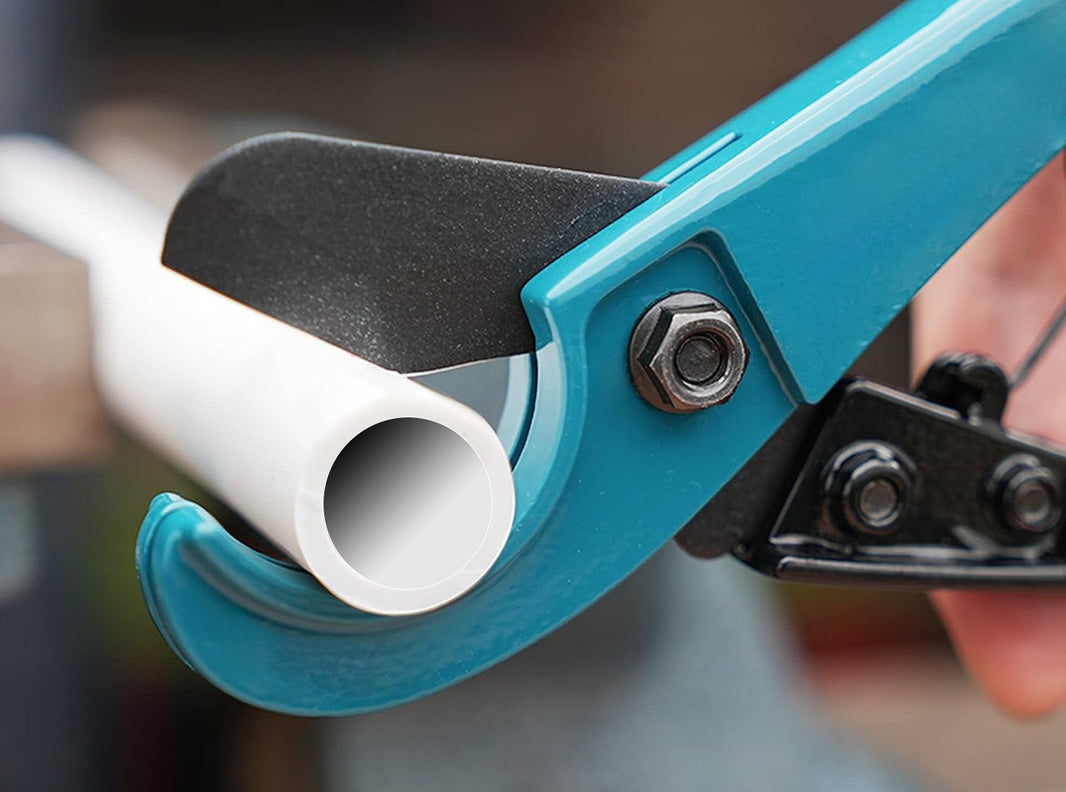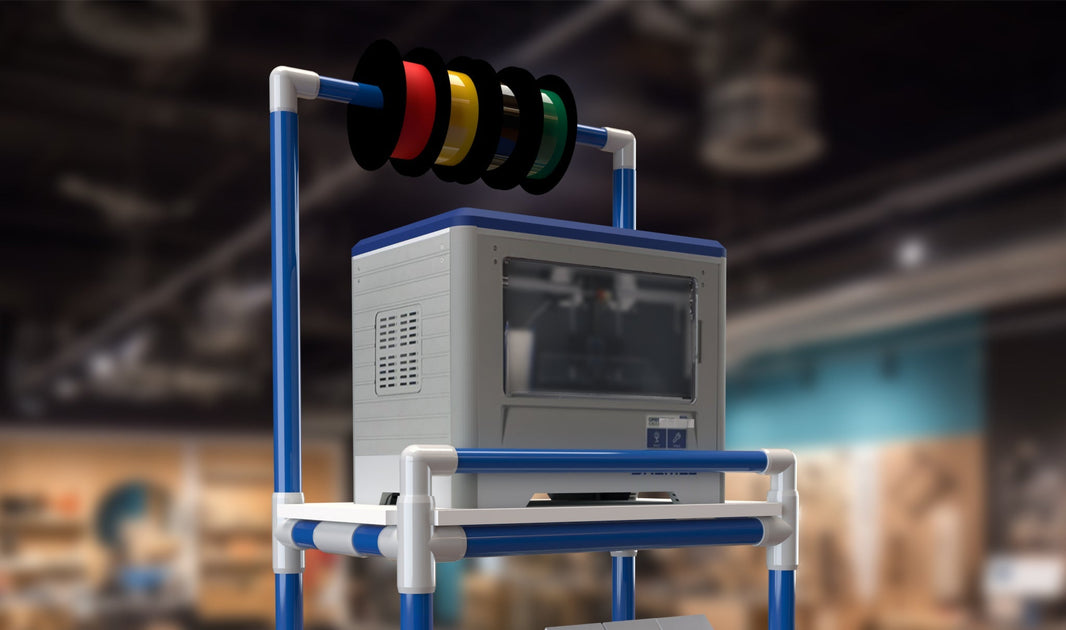The 7 Best Ways to Cut PVC Pipe (Ranked by Effort, Cleanliness & Cost)
Cutting PVC is often the slowest part of a build. The old rule still applies—measure twice, cut once—but once you’ve marked your line, which tool gives you the best balance of effort, clean cut, and cost? Below are the seven most useful PVC-cutting methods, ranked with plain-English pros and cons so you can pick the right approach for your project.
Want deeper how-tos, blade picks, and safety tips? See our free FORMUFIT PVC Cutting Guide and all field manuals at formufit.com/guides.
| Method | Best For | Stars |
|---|---|---|
| Power PVC Shears (Cordless) | Fast, clean cuts (½″–2″) without hand strain | ★★★★★ |
| Hacksaw | Universal, budget choice; any diameter | ★★★★★ |
| Ratcheting PVC Cutter | Quick, clean handheld cuts (≤1¼″) | ★★★★☆ |
| Power Miter Saw | High volume, repeatable 90° cuts | ★★★☆☆ |
| Plastic Tube Cutter | Small diameters (½″–¾″) with clean edges | ★★★☆☆ |
| String / Wire Saw | Tight spaces or in-place cuts | ★★☆☆☆ |
| Handsaw | Last-resort rough cuts | ★☆☆☆☆ |
Handsaw
Also called: Wood saw, rip saw, crosscut saw
Rating: ⭐
Recommendation: Works in a pinch; expect rough cuts and cleanup.

A wood handsaw can cut PVC but it’s wobbly, slow, and leaves ragged edges because the tooth spacing tears at the plastic. Clamp the pipe firmly and saw steadily; be prepared to deburr.
Pros: Inexpensive; fits any size; most people already own one.
Cons: High effort; rough edges and burrs; hard to keep square.
String or Wire
Also called: PVC cable/wire/rope saw
Rating: ⭐⭐
Recommendation: Great for tight spaces or in-place cuts—otherwise slow.

Loop the string/wire around the pipe and “saw” by pulling back and forth. It reaches where tools can’t, especially on built assemblies.
Pros: Ultra-cheap; fits tight spots; no power/tools needed.
Cons: Slow; tiring; leaves burrs.
Plastic Tube Pipe Cutter
Also called: Tubing cutter, flexible tube cutter
Rating: ⭐⭐⭐
Recommendation: Clean edges on small diameters (½″–¾″).

Clamp, squeeze, rotate, repeat. Delivers neat cuts on smaller pipe; larger sizes become awkward.
Pros: Quick; easy; minimal burrs.
Cons: Limited to small diameters; cheap bodies can flex; blades wear; hand fatigue.
Power Miter Saw
Also called: Chop saw, compound miter saw
Rating: ⭐⭐⭐
Recommendation: Excellent for lots of repeat, square cuts.

Clamp the pipe to the fence, align your mark, and make the cut. Expect fine plastic dust—vacuum afterward.
Pros: Fast; square; handles larger diameters.
Cons: Requires a saw; messy; mind your safety.
Ratcheting PVC Pipe Cutter
Also called: Ratchet cutter, PVC shears
Rating: ⭐⭐⭐⭐
Recommendation: Best handheld balance of speed and clean edges.

Place the pipe in the cradle and pump the handles—the ratchet advances the blade for a burr-free cut. Keep the blade sharp and your cut square.
Pros: Fast; clean; portable.
Cons: Harder on larger diameters; blades dull; hand strain over many cuts.
Power PVC Shears
Also called: Cordless PVC cutter / shear
Rating: ⭐⭐⭐⭐⭐
Recommendation: Clean, effortless cuts—our favorite for frequent work.

Like a powered version of PVC shears: align your mark, press the trigger, done. Safer and less messy than a miter saw, with similar speed.
Pros: Very fast; zero hand strain; clean edges; portable.
Cons: Higher cost (plus battery); blade drift can angle the cut if you rush.
Hacksaw
Also called: PVC saw, Japanese pull saw (variant)
Rating: ⭐⭐⭐⭐⭐
Recommendation: The universal, budget-friendly classic.

Clamp, saw steadily, and deburr the inside edge with a knife or deburring tool. It’s inexpensive, works on any diameter, and you likely already own one.
Pros: Cheap; common; any size; good for lots of cuts with a fresh blade.
Cons: More effort; leaves burrs; messy chips.
Final Tips
- Keep it square: Mark all around the pipe with a wrap-around or use a miter box.
- Deburr both edges: A quick scrape improves fit and cement bonds.
- Match tool to task: Few cuts? Hacksaw or ratcheting cutter. Many cuts? Miter saw or power shears.
There are even more specialty options (oscillating tools, band saws, etc.). For expanded methods, blades, and safety guidance, visit our PVC Guides.


